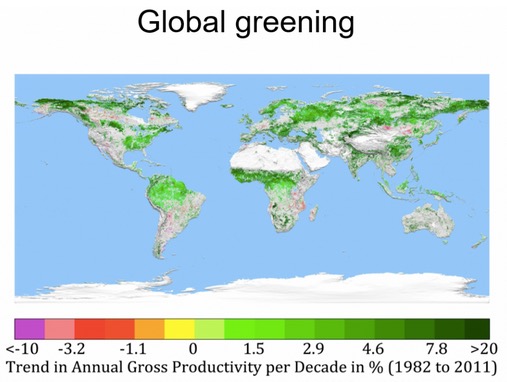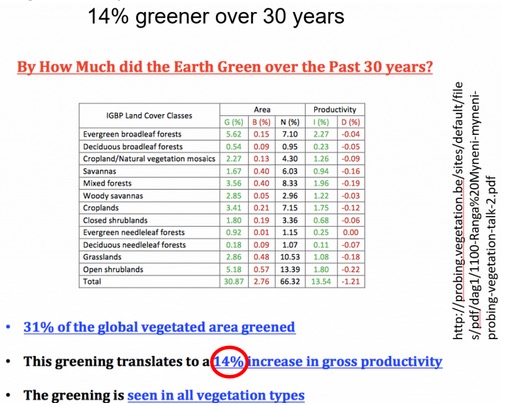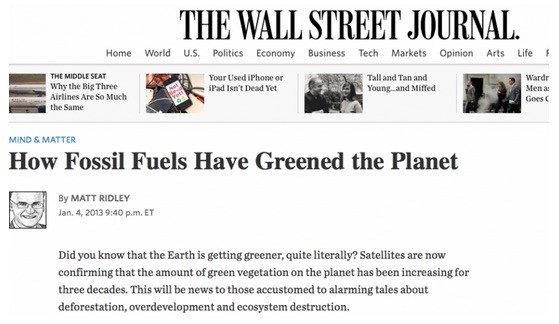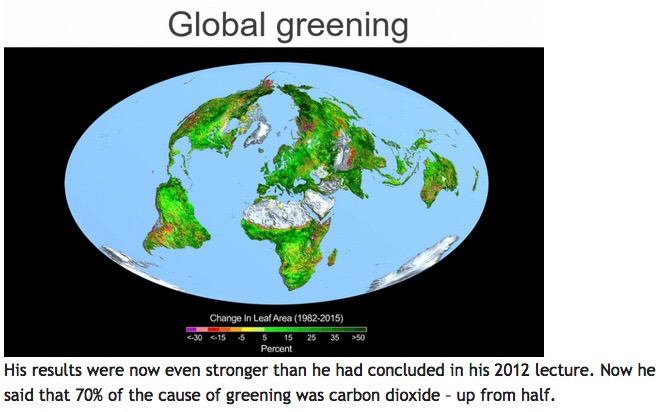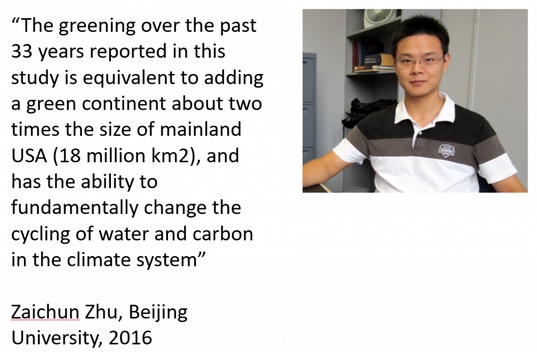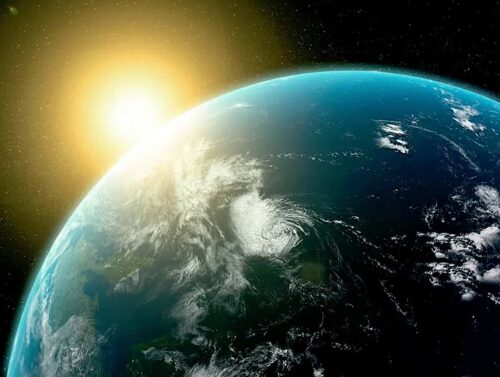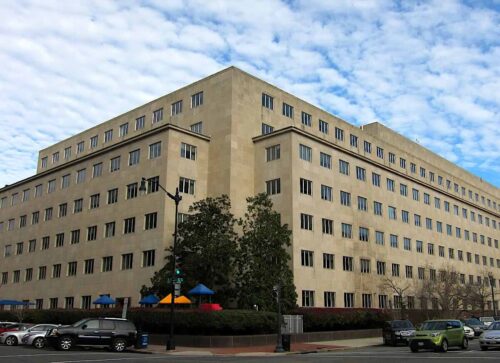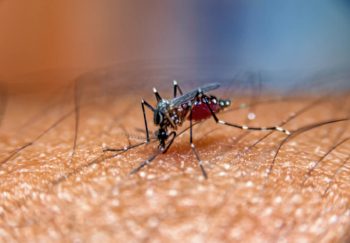
I am a passionate champion of science.
I have devoted most of my career to celebrating and chronicling scientific discovery. I think the scientific method is humankind’s greatest achievement, and that there is no higher calling. So what I am about to say this evening about the state of climate science is not in any sense anti-science. It is anti the distortion and betrayal of science.
I am still in love with science as a philosophy; I greatly admire and like the vast majority of scientists I meet; but I am increasingly disaffected from science as an institution.
The way it handles climate change is a big part of the reason.
After covering global warming debates as a journalist on and off for almost 30 years, with initial credulity, then growing skepticism, I have come to the conclusion that the risk of dangerous global warming, now and in the future, has been greatly exaggerated while the policies enacted to mitigate the risk have done more harm than good, both economically and environmentally, and will continue to do so.
And I am treated as some kind of pariah for coming to this conclusion.
Why do I think the risk from global warming is being exaggerated? For four principal reasons.
1. All environmental predictions of doom always are;
2. the models have been consistently wrong for more than 30 years;
3. the best evidence indicates that climate sensitivity is relatively low;
4. the climate science establishment has a vested interest in alarm.
Global greening
I will come to those four points in a moment. But first I want to talk about global greening, the gradual, but large, increase in green vegetation on the planet.
I think this is one of the most momentous discoveries of recent years and one that transforms the scientific background to climate policy, though you would never know it from the way it has been reported. And it is a story in which I have been both vilified and vindicated.
In December 2012, the environmental scientist Jesse Ausubel of Rockefeller University drew my attention to a video online of a lecture given by Ranga Myneni of Boston University.
In this lecture Myneni presented ingenious analysis of data from satellites proving that much of the vegetated area of the planet was getting greener, only a little bit was getting browner, and that overall in 30 years there had been a roughly 14% increase in green vegetation on planet Earth.
In this slide he argued that this was occurring in all vegetation types – tropical rain forests, subarctic taiga, grasslands, semi-deserts, farmland, everywhere.
What is more, Myneni argued that by various means he could calculate that about half of this greening was a direct result of rising carbon dioxide levels in the atmosphere, rather than the application of agricultural fertiliser, irrigation, warmer temperatures or increased rainfall.
Carbon dioxide, along with water, is the raw material that plants use to make carbohydrates, with the help of sunlight, so it stands to reason that raising its concentration should help plants grow.
I was startled by Myneni’s data. I knew that there had been thousands of so-called free-air concentration (FACE) experiments, in which levels of CO2 had been increased over crops or wild ecosystems to find out if it boosted their growth (it did), and that commercial greenhouse owners now routinely maintain CO2 levels in their greenhouses at more than double ambient levels ‚Äì because it makes their tomatoes grow faster.
But the global effect of CO2 levels on the quantity of vegetation had not, as far as I could tell, been measured till now.
Other lines of evidence also pointed to this global greening:
- the increased rate of growth of forest trees,
- the increased amplitude of seasonal carbon dioxide variation measured in Hawaii and elsewhere,
- photographic surveys of vegetation,
- the increased growth rate of phytoplankton, marine plants and some corals, and so on.
I published an article in the Wall Street Journal in January 2013 on these various lines of evidence, including Myneni’s satellite analysis, pointing to the increase in green vegetation.
This was probably the very first article in the mainstream media on the satellite evidence for global greening.
For this I was subjected online to withering scorn by the usual climate spin doctors, but even they had to admit I was “factually accurate”.
Six months later Randall Donohue and colleagues in Australia published a paper using satellite data to conclude that the arid parts of the planet, such as western Australia and the Sahel region, had seen a net greening of 11% over 30 years ‚Äì similar results to Myneni’s.
Myneni’s results, however, remained unpublished. I was puzzled by this. Then I realized that one of the IPCC’s periodic assessment reports was in preparation, and that probably Dr Myneni and colleagues might delay the publication of their results until after that report was published, lest “the skeptics have a field day” with it.
That last phrase, by the way, is from one of the Climategate emails, the one on 22 September 1999 in which Dr Michael Mann approves the deletion of inconvenient data.
Sure enough, Myneni’s results were eventually published three years later in April 2016 in a paper in Nature Climate Change, with 32 authors from 24 institutions in eight countries ‚Äì when the IPCC report was safely in the public domain and the great Paris climate jamboree was over.
As Myneni’s co-author Zaichun Zhu, of Beijing University, puts it, it’s equivalent to adding a green continent twice the size of mainland USA.
Frankly, I think this is big news. A new continent’s worth of green vegetation in a single human generation.
At the end of 2015, when his paper had been under peer review for eight months so he knew these results were coming, Dr Myneni, criticized me specifically, saying on a green blog that “[Ridley] falsely claims that CO2 fertilisation is responsible for the greening of the earth”. Yet a few months later he himself published evidence that “CO2 fertilisation explains 70% of the greening trend”.
In the press release accompanying the article in April 2016 he once again referred to me by name:
[“The beneficial aspect of CO2 fertilization in promoting plant growth has been used by contrarians, notably Lord Ridley…to argue against cuts in carbon emissions to mitigate climate change…”]
As Richard Tol commented: “The new paper vindicates what Matt Ridley and others have been saying all along — yet they apparently deserve to be kicked nonetheless.”
I wrote to Dr Myneni politely asking him to justify his criticism of me with specific examples. He was unable to do so. “There are no ‘up-sides’ to having too much CO2 in the air,” was all he said.
In the very same issue of the same journal was another paper from an international team about a further benefit of global greening, which concluded that CO2 fertilisation is likely to increase crop water productivity throughout the world, for example by up to 48% for rain-fed wheat in arid areas, and that “If realized in the fields, the effects of elevated [CO2] could considerably mitigate global yield losses whilst reducing agricultural consumptive water use (4‚Äì17%).”


